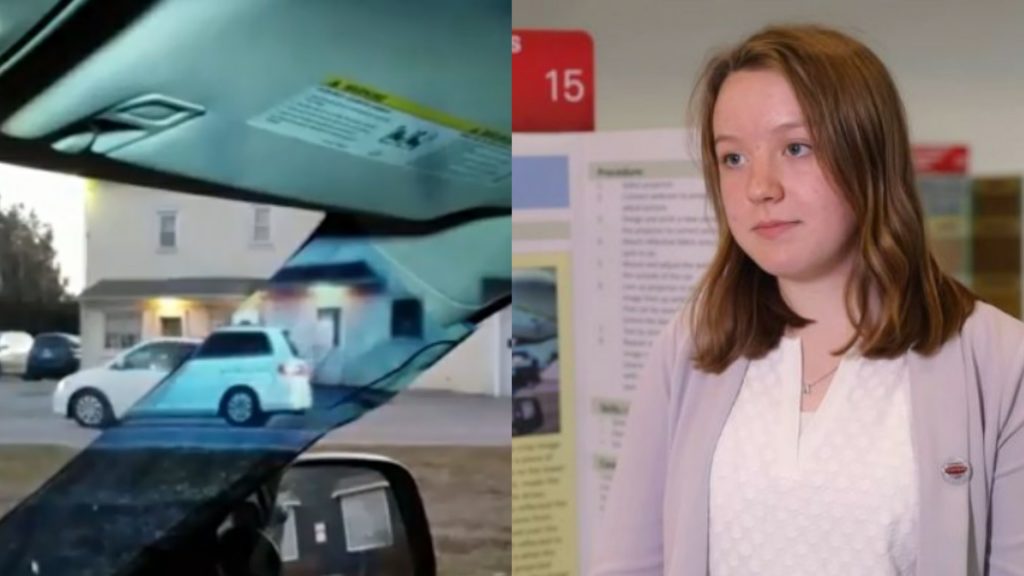A student won a $25,000 prize for designing a system that eliminates the blind spots in the car.
Every driver will have seen an object or a pedestrian suddenly appear while driving. Very often, the cause of these problems is to be found in the so-called blind spots, that is, those portions of the field of vision “hidden” by the uprights that support the roof of all vehicles. The problem is serious: the limitation of the driver’s view can cause even serious car accidents. For years, car companies have been working to find a solution to the problem but, to date, there are still no effective systems to limit blind spots. Unexpectedly, the solution could come from a 14-year-old U.S. student. Alain Gassler has developed a system that allows the driver to have a 360-degree view of what is happening outside the vehicle, effectively eliminating all field of view limitations caused by the pillars. The project was developed for a school competition but could pave the way for new prototypes and solutions in the automotive industry.
Eliminate blind spots in your car with a webcam
Alaina Gassler’s project exploits the potential of new technologies, in particular the wireless connection. Since she is unable to eliminate the uprights (for engineering reasons), the student has designed a system that allows her to see what is happening in the normally hidden portions of the view inside the passenger compartment. This is possible thanks to the use of a series of webcams positioned outside and facing in the direction of the blind spot from time to time concerned. The images are transmitted in real time to a projector placed in the passenger compartment that “projects” them directly onto the upright. The latter is covered with a special reflective fabric that ensures that the images are visible only to the driver. This means that the space between the windscreen and the window is always visible, and any obstructions that may come into contact with it can be detected (and avoided) in good time. Alaina Gassler presented her project to the jury of the Broadcom Masters, a competition organized by the Broadcom Foundation and the Society for Science & the Public, and won a prize of 25 thousand dollars.
